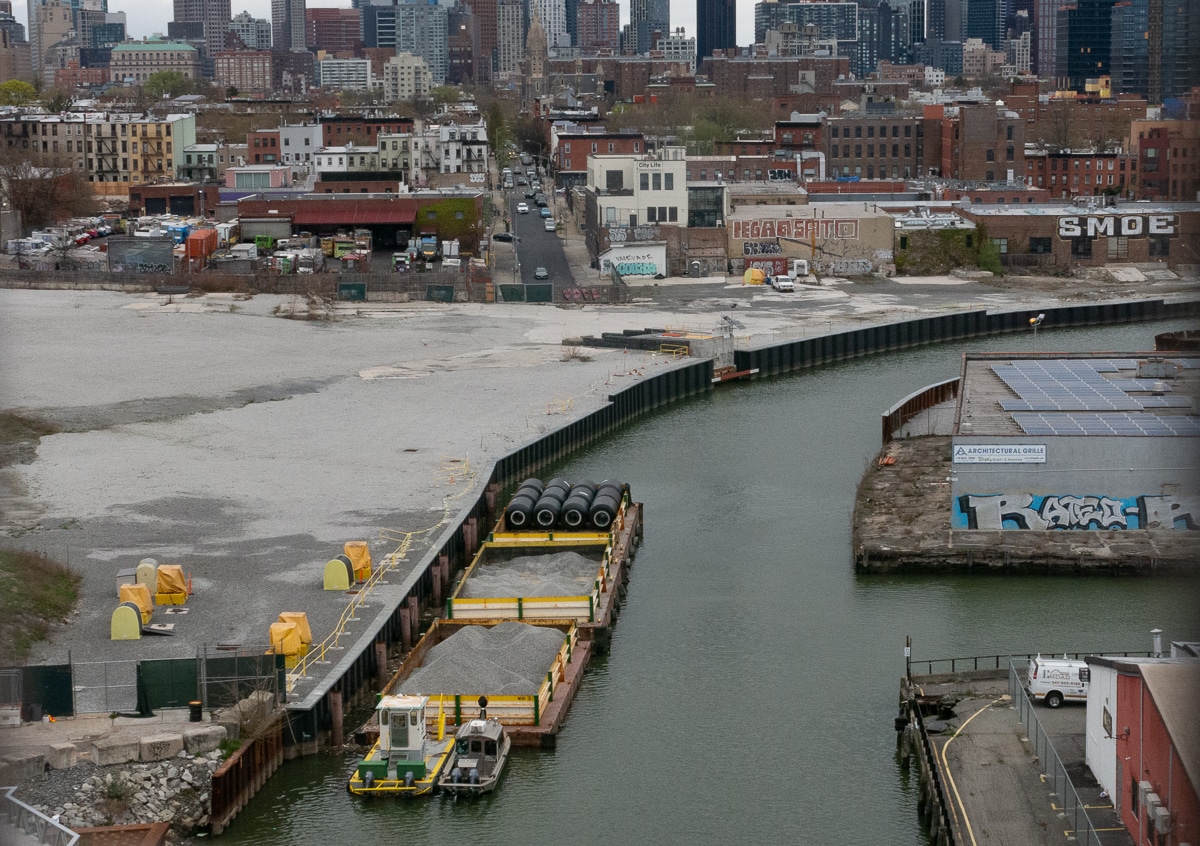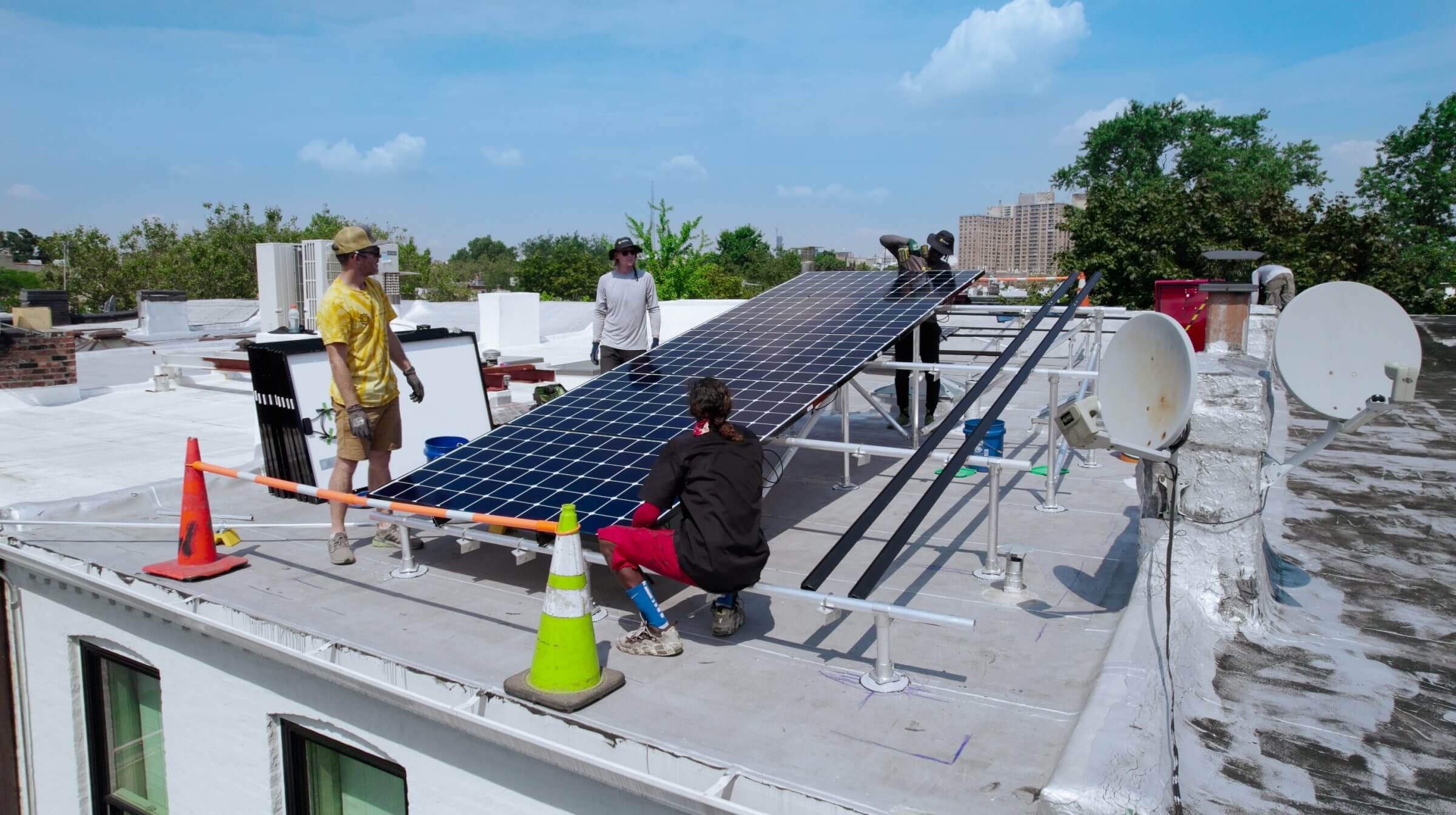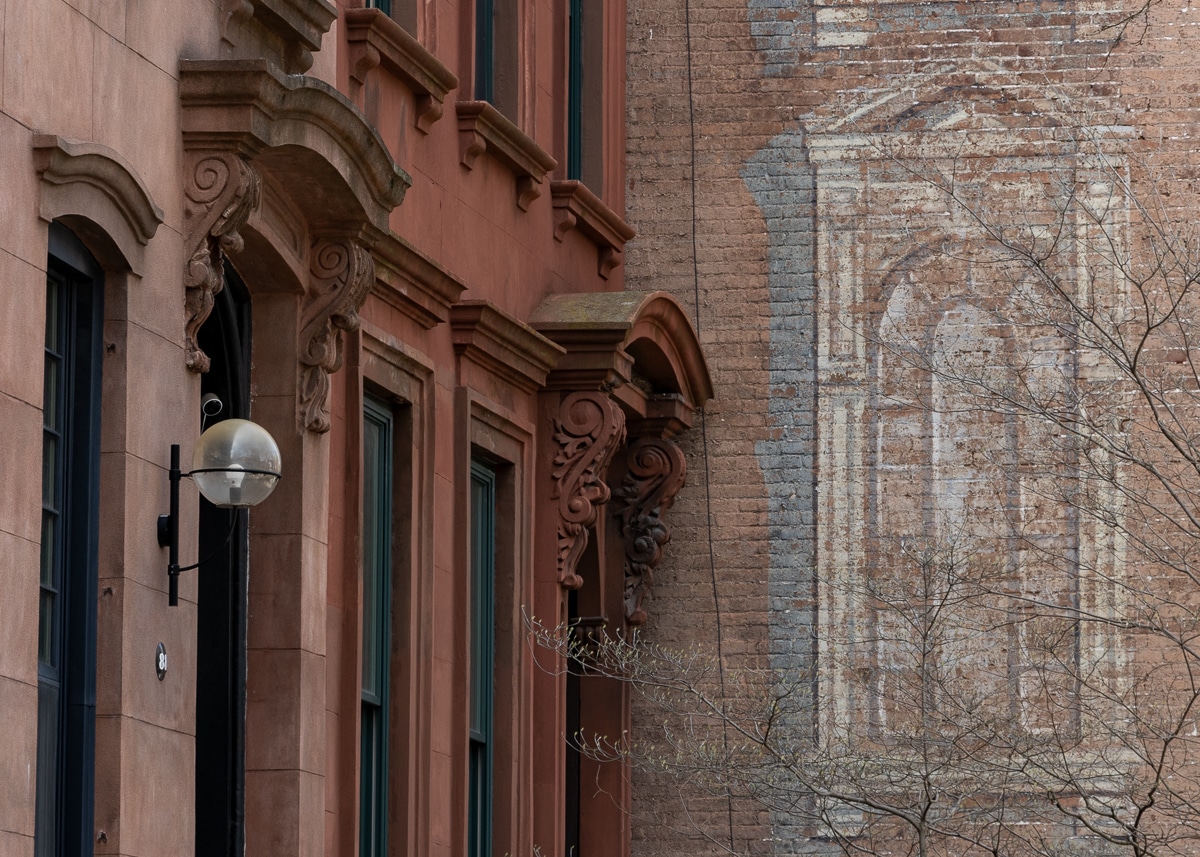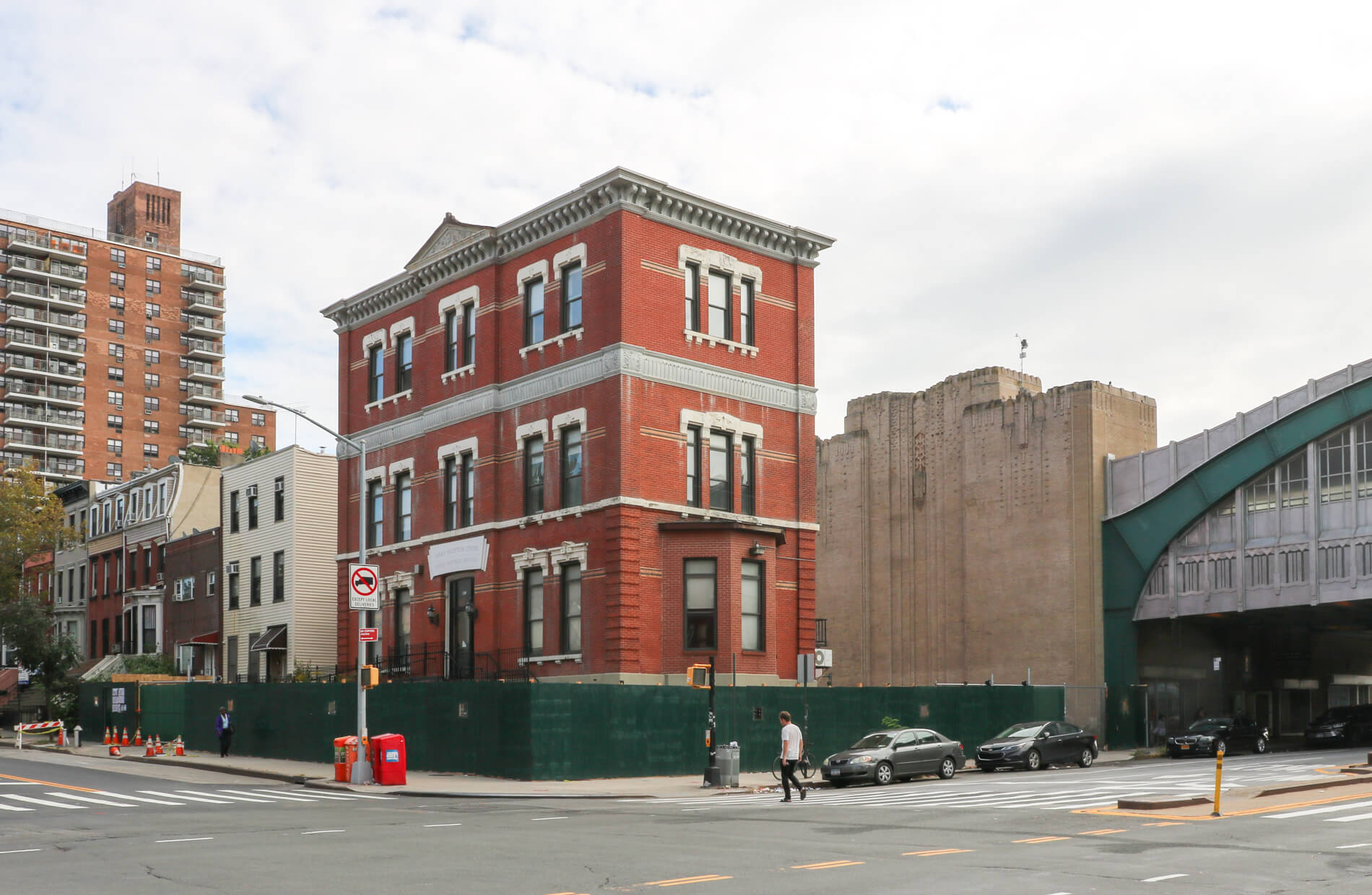Planning to Boost 4th Ave Commercial Use?
A couple folks have let us know that the Department of City Planning is looking into measures that would encourage ground-floor business uses on 4th Avenue. The 2003 rezoning that paved the way for the thoroughfare’s many new residential builds has been criticized again and again and again for resulting in a bunch of projects…
A couple folks have let us know that the Department of City Planning is looking into measures that would encourage ground-floor business uses on 4th Avenue. The 2003 rezoning that paved the way for the thoroughfare’s many new residential builds has been criticized again and again and again for resulting in a bunch of projects that leave much to be desired at street level. City Planning has confirmed that the department is examining changes to the zoning—”in response to requests from the local community and elected officials, the Department has been studying zoning tools that would encourage more pedestrian-friendly, commercial uses as Fourth Avenue emerges as a growing residential and commercial thoroughfare”—though there’s no time frame on when the study will be complete or further specifics at the moment.
4th Avenue’s Walls of Voodoo [Brownstoner]
How the Argyle Greets 4th Avenue [Brownstoner]
4th Avenue, the Boulevard of Broken Promises? [Brownstoner]










aj I’m pretty sure I’m correct at least north of 9th Street on the original bunch of buildings, iow, the 2003 zoning that sparked all this development. If I am wrong, hell, pls explain the proliferation of medical offices!
Denton,
I’m not sure that is correct. I do not remember any community facility bump (if fact the FAR bonus was removed on the lower ZR in the area) at least in the South Slope/Greenwood Heights rezoning in 2005. The earlier 2003 rezoning my not have had that provision, but I’m less familiar and I know some changes were made in 2005.
Anything to have incentive for commercial components has to be a key moving fwd.
Yes snark, if I recall the nimbys demanded ‘community service’ use for these spaces. The city didn’t require this but gave add’l development bonus if developer incorporated them into the buildings. Now the nimbys are gone but the rest of the nabe has to live with the result.
Didn’t developers get various concessions (FAR, etc) by opting for MRI clinics (etc) rather than more interesting (to me) retail options?
tybur6 – not sure that it is related to the parking requirements, since such requirements exist all over NYC and the same result doesnt occur – although frankly only 2 buildings actually have parking on the 1st floor anyway.
Plant the medians, and sidewalk trees….within 1yr retail will follow.
Yes to DCP fail. They should have been much more pro-active from the start and stopped developers putting MRI clinics and HVAC systems on the ground floors of these new buildings. Now the horse has bolted.
“Oh for Burden’s sake. By the time they finish “studying” how they cocked up the rezoning the first time around, all of the available development sites will be built up. DCP fail.”
Agreed, 100%
Oh for Burden’s sake. By the time they finish “studying” how they cocked up the rezoning the first time around, all of the available development sites will be built up. DCP fail.
larger store spaces are badly needed in the Slope